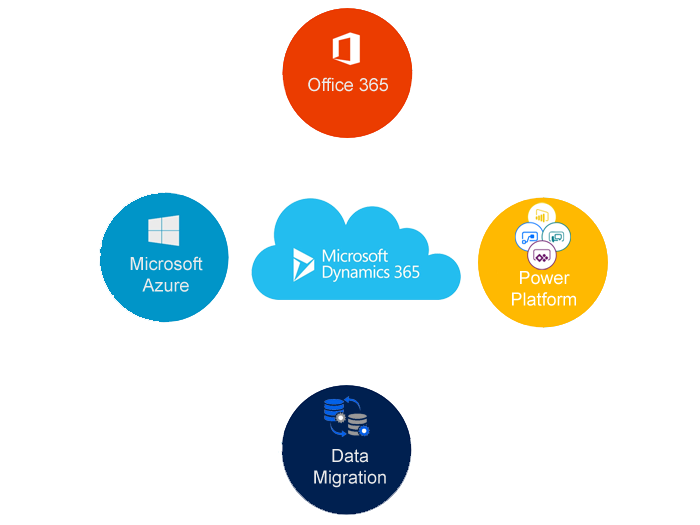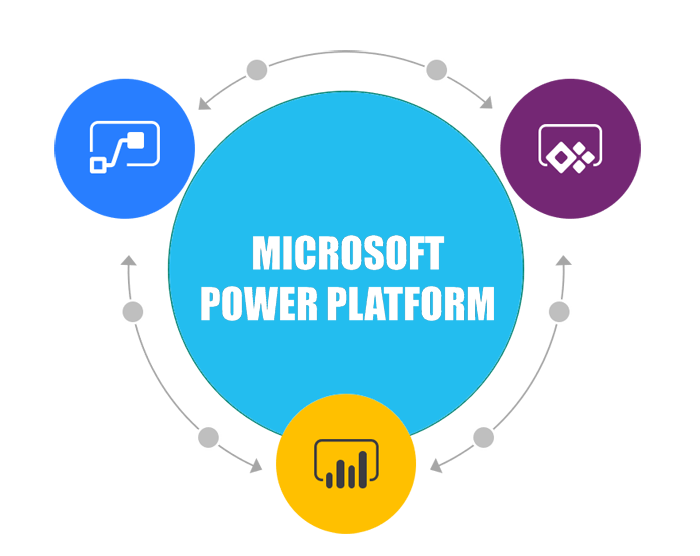CREATE A SHORTCUT FOR POWERSHELL ON DESKTOP
There are some really helpful scripts out there. Not just for Lync and Exchange. But many other apps and administrative tasks. Sometimes, however, the people who need to run them aren’t well versed in PowerShell. This makes is cumbersome for them to open PowerShell, navigate to a folder containing a script, and execute it with the correct parameters. This often leads to complaints about the difficulty of the process, or those admins just not using that tool. As not all admins have our PowerShell prowess, we can create a desktop shortcut that will allow an admin to simply double-click on it to execute it. Let’s see an example.
For this example, I’m going to use Johan Veldhuis’ very slick sefautil GUI, a wrapper for the Lync sefautil.exe program. Sefautil is a resource kit utility that allows an admin to set things like delegates, call forwarding, and other settings, on behalf of users. Sefautil has some really painful syntax, and a complete lack of error reporting. Using it is often frustrating. Johan’s GUI for it makes life SO much easier, that I found myself using it a LOT.
Let’s say, for the sake of this example, that the script, called sefautil_gui.ps1, is in a folder called c:_scripts. When you execute Johan’s script, you must pass it a front end pool name using the “-pool” parameter. Normally running it would require something like the following:
With a shortcut, we need to tell it to launch PowerShell, and call the script along with the parameters. The syntax is the full path to powershell.exe, along with the “-command” parameter and the syntax used for the script. The syntax is wrapped in quotes, and prefixed with an ampersand. PowerShell resides at C:WindowsSystem32WindowsPowerShellv1.0powershell.exe
- Right click on the desktop, and choose New>Shortcut.
- Enter a path for the shortcut. For our example, we’ll use
C:WindowsSystem32WindowsPowerShellv1.0powershell.exe -command “& c:_scriptssefautil_gui.ps1 -pool pool01.contoso.com” - Click Next.
- Give the shortcut a name. We’ll call it “sefautil GUI”. Then click Finish.
Let’s set the starting path. Right click on the newly created shortcut, and click Properties. Click on the Shortcut tab. In the “Start In” field, let’s set it to “C:windowssystem32WindowsPowerShellv1.0”.
You may have noticed that the shortcut has the PowerShell icon. While that’s all fine and damn sexy, we might want to change that. That’s simple enough since we’re already on the Shortcut tab, click the Change Icon at the bottom and choose whichever icon you’d like. For mine, I chose the Deployment Wizard icon. This is available by browsing to %ProgramFiles%Microsoft Lync Server 2013Deployment and choosing Bootstrapper.exe.
While Johan’s script is a GUI based script, many are not. If that’s the case, we can tweak the session settings a little further. On the Options tab of the shortcut, you can tailor settings like Quick Edit mode, which makes selecting, copying, and pasting easier. Obviously, the Font, Layout, and other tabs provide further control over the experience.
Also note that non-GUI scripts will close the PowerShell window when they are done running, so a script might need to be tweaked to pause before closing. YMMV.
Once you’re done, click Ok. U See..
Now, simply double clicking on our new shortcut launches the script.
I often do this for many 3rd party administrative tools, including Lync Call Pickup Group Manager,Lync RGS Holiday Set Editor, Centralized Logging Tool, and more.






